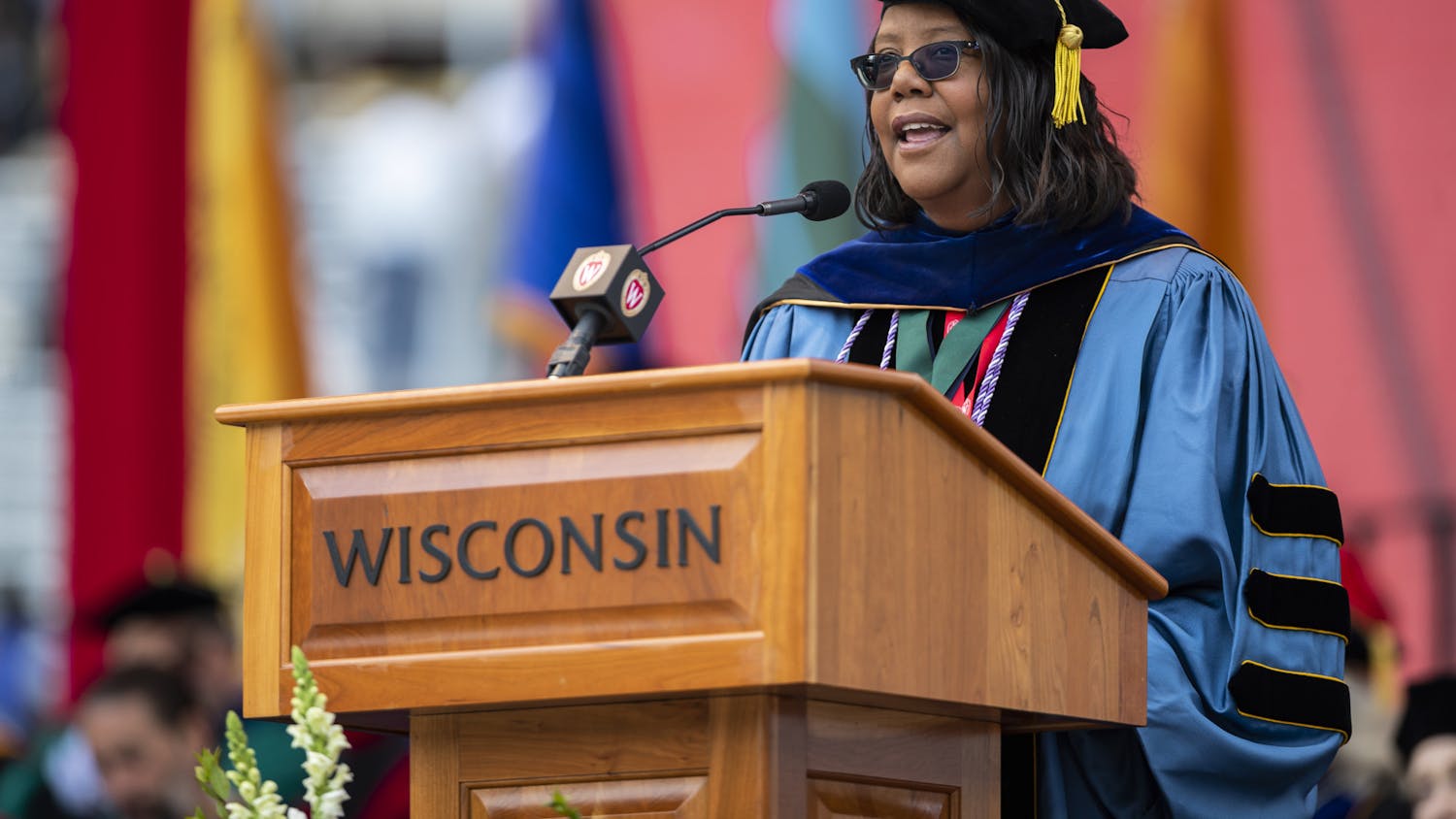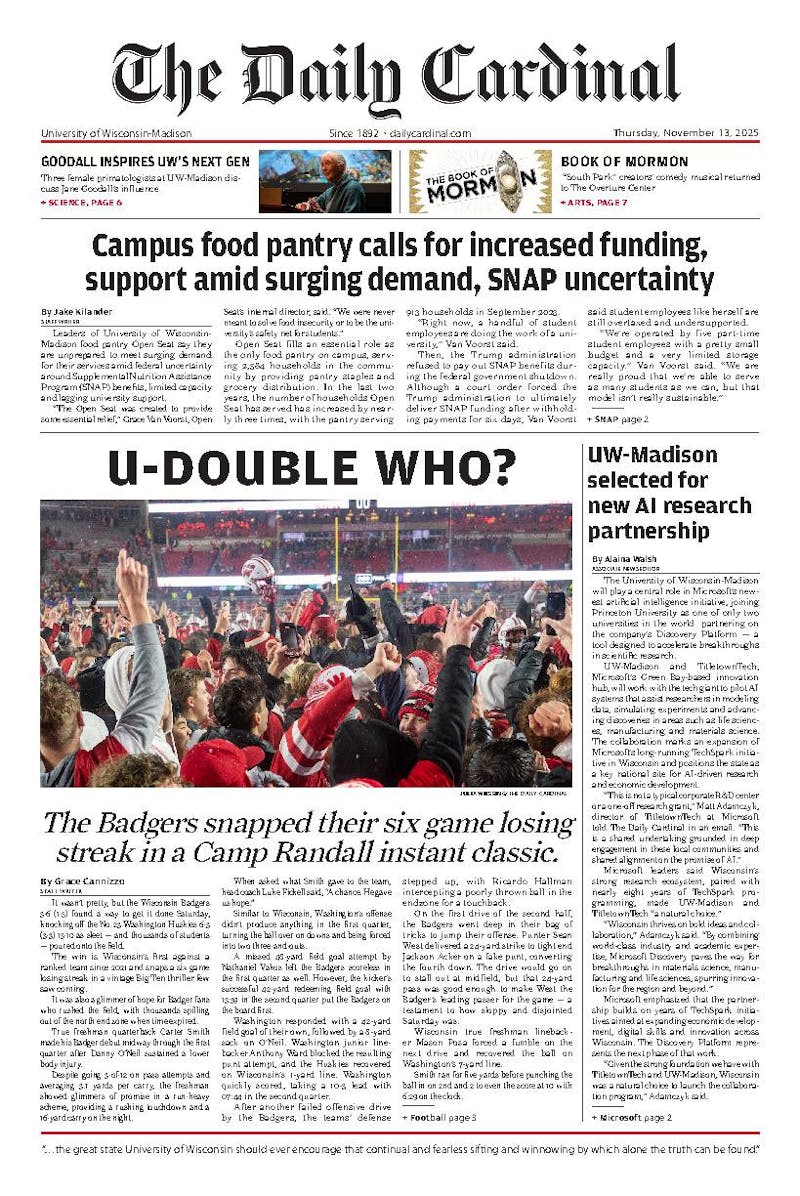Engines of Inequality, a report by the non-profit Education Trust, recently gave UW-Madison a poor score for serving African Americans, Hispanics and American Indians.
The report, which focused on the country's 50 state flagship universities, based its ratings on enrollment and retention rates for minority and low income groups.
""D+"" was the average grade—UW-Madison earned a ""D.""
Minority educational access and success are important issues, but the university's poor grade provides no new information or solutions and should not be overblown.
The figure-heavy report attempts to translate nearly intractable educational problems—such as the racial achievement gap and its impact on minority college enrollment—into neat ratios. This methodology amounts to pseudo-science and is one reason the report should be discounted.
UW-Madison and other flagship universities get poor scores for access because, among other reasons, the report assumes that state universities should admit minorities in the same ratio as they graduate from state high schools.
The sad fact, however, is that all high schools are not created equal. Advantaged schools—with fewer underserved minorities—offer more challenging and advanced programs than schools with predominantly minority populations, and graduates of better schools tend to be more prepared and geared for college. This disparity influences minority enrollments in college.
Despite this imbalance in high school quality, however, UW-Madison tries to attract and retain qualified minority students, as well as nurture promising K-12 students.
PEOPLE (Pre-college Enrichment Program for Learning Excellence), a program sponsored by the UW-Madison College of Education, helps low-income and minority middle school students successfully prepare for college.
The Wisconsin Posse Program, affiliated with the Posse Foundation, identifies qualified students who may be overlooked by the normal admissions process and establishes them in peer networks in college.
Once at UW-Madison, minority undergraduates can get academic support from offices that assist specific minorities, as well as from TRIO, which helps first-generation college students.
UW-Madison has also increased its contribution to undergraduate financial aid from $10 million in 1997-'98 to $26 million in 2004-'05—a change that should help minorities. The university can still do more to attract and retain minorities as well as nurture the college dreams of minority youth.
However, low minority enrollment rates are rooted in circumstances that exist even before students set foot in elementary school. UW-Madison cannot single-handedly change the underlying situation.
But it can and should encourage students to reject facile analyses of low minority enrollment as well as the casual inevitability of this tenacious problem.





